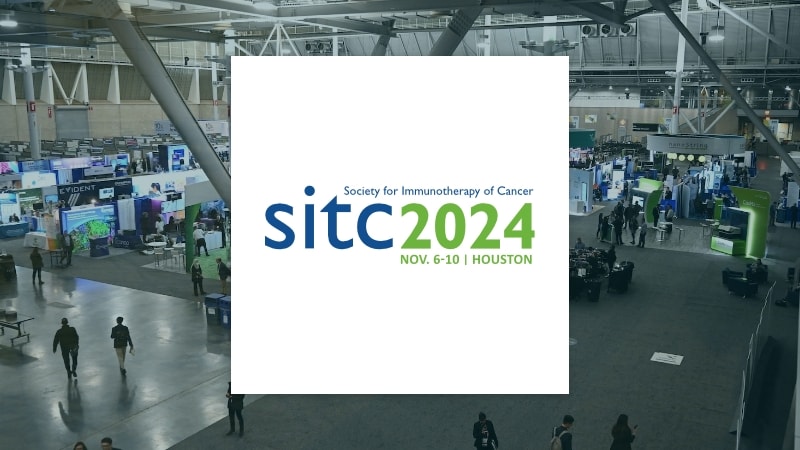The Ion Robot: Revolutionizing lung cancer diagnostics
As part of its commitment to innovative care, Providence Holy Cross Medical Center has added to its arsenal a groundbreaking tool to diagnose lung cancer: the Ion robot by Intuitive Surgical, a new technology that’s reshaping lung biopsy procedures. Led by Providence Holy Cross pulmonologists Mher Onanyan, M.D., certified in pulmonary and critical care, and Douglas
Prisco, M.D., certified in pulmonary critical care and sleep medicine, the Ion robotic bronchoscopy platform makes early diagnosis possible. With lung cancer being the leading cause of cancer deaths worldwide, according to the World Health Organization, the urgency for advanced diagnostic tools like the Ion robot is critical.

Dr. Mher Onanyan and
Dr. Douglas Prisco.
What drove the adoption of the Ion robotic bronchoscopy at Providence Holy Cross, and how does it improve lung cancer diagnosis?
Dr. Prisco: The adoption of the Ion robot-assisted bronchoscopy
system was driven by our commitment to advancing lung cancer care. The hospital’s lung cancer screening program has been in operation since 2016, with a focus on early detection and intervention. We always are open to new technology that enhances our diagnostic capabilities. The Ion robot emerged as a game changer, offering advanced precision in sampling peripheral lung nodules. This technology aligns seamlessly with our efforts to diagnose lung cancer sooner and provide timely interventions, ultimately improving patient outcomes.
How are you integrating the Ion robot into your practices, and what have been the initial experiences with the Ion robot at Providence Holy Cross?
Dr. Onanyan: All the staff within the endoscopy suite have been trained by the vendor. Their training program provides initial mentoring and guidance through cases. As of mid-February, we’ve done two cases so far with the Ion robot. The first, which involved three different nodules in three different lung parts, was done Nov. 29. We’ve already had success with it, as it allows us to biopsy areas that used to be difficult to go after.
Would you describe the procedure involved in a robotic bronchoscopy and how it differs from traditional biopsy methods?
Dr. Prisco: The procedure done with the Ion robot is called a robotic bronchoscopy. Traditionally we’d use a bronchoscope that goes into the airway of the lungs and navigates to sample different tissues or fluid within them. This technology follows the same idea but uses a robot arm attached to a camera and a scope, which we’re able to drive out into the periphery in areas we wouldn’t usually see. It is suggested that the majority of lung cancer nodules are located on the outer one-third of the lung, making these more challenging to biopsy using traditional methods. The robot offers more maneuverability to navigate these peripheral areas.
How does the robot’s technology improve diagnostic accuracy?
Dr. Prisco: What’s special about this technology is the robot arm as well as the software for navigation. The way the software uses patient CT scan images to directly target the areas we’d like to biopsy makes it more exact. It’s a fairly new shape-sensing technology that offers real-time data. It allows for much more precise navigation.
What other benefits does this tool provide in terms of patient experience and outcomes?
Dr. Onanyan: Compared with a CT-guided lung biopsy, there are fewer chances for complications using the robot-assisted bronchoscopy system. For example, there is a reduced risk of collapsed lung during biopsy. Although the procedure itself probably isn’t any faster, it’s done as an outpatient procedure, so the patient can go home the same day. It also helps in terms of staging if it’s a cancer case. You can reach the small nodules, improving accuracy. Overall, it’s a more targeted and less invasive procedure.
How do you envision this robot shaping the future of pulmonary care at Providence Holy Cross and beyond?
Dr. Onanyan: I’m sure we will be using it more routinely. It’s pretty much a new standard of care. Soon it will be more routine than novel. Dr. Prisco: It does appear this is really going to change the way we practice. There’s another technology called EBUS (endobronchial ultrasound) that we can use during the same procedure, offering the patient the ability to have more than one procedure in the same anesthetic setting. This enables us to combine these technologies to assist with further biopsy and staging in lung cancer cases. The earlier we can stage and diagnose lung cancer, the better survival rates traditionally are.
For a physician referral, please call 844-510-4325.




